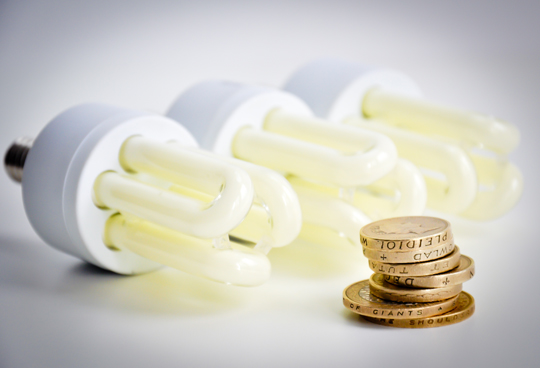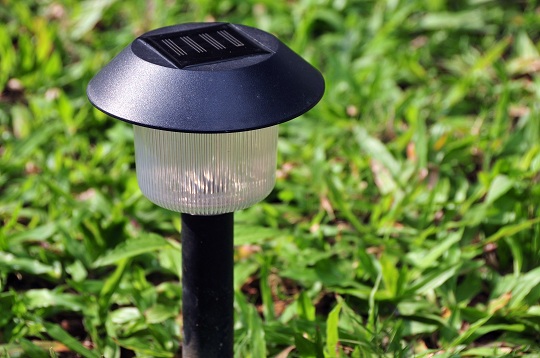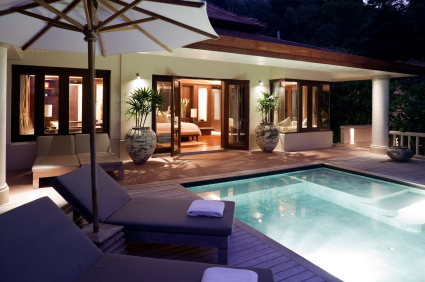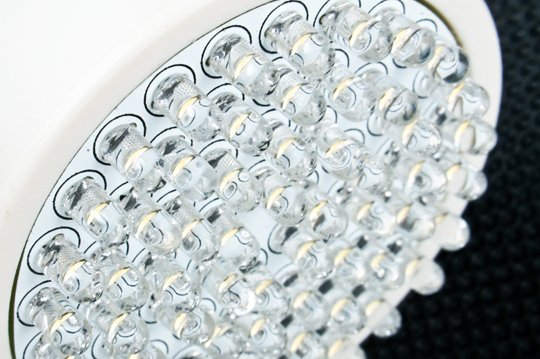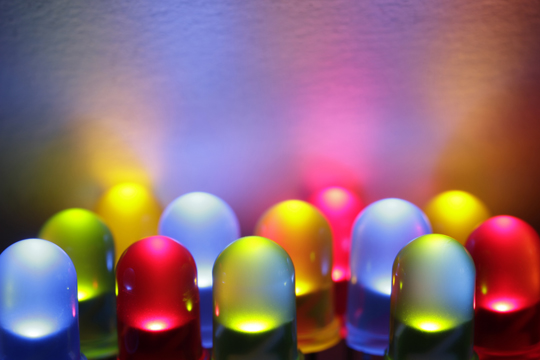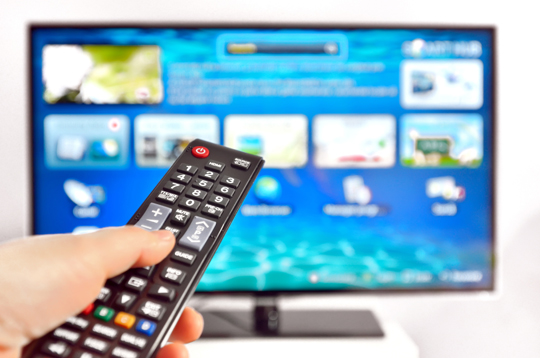Lighting accounts for 6 percent of an average household’s energy consumption. Using energy-efficient lighting is one way to lower energy use as well as household emissions. Look at some energy saving light bulbs facts that compare its performance to standard light bulbs:
– An energy-efficient light bulb uses up to 80 percent less power than a traditional bulb.
– Despite using less electricity, it can produce the same amount of light as an incandescent bulb.
– Fluorescent and LED lights outlive conventional bulbs by over a dozen times.
– If you leave a 100-watt light bulb on for just half an hour, it will emit enough carbon dioxide to fill up one party balloon.
– Using energy-saving light bulbs can reduce energy waste by more than 75 percent.
– If every house throughout the country uses a compact fluorescent bulb (CFL) instead of an incandescent bulb, the amount of energy saved can provide lighting to 300 million households in a year.
– Enjoy up to $40 savings in your energy bill over the lifespan of every CFL bulb used in your home.
– A CFL bulb produces heat much less significantly than an incandescent bulb, reducing the cost of cooling a home.
Buying Energy-Efficient Light Bulbs
Now that you know some energy saving light bulbs facts that show how effective they are, you may be thinking about replacing your traditional light bulbs. Consider your options:
– Halogens: Emit light that closely resembles the output and quality of an incandescent bulb; use up to 30 percent less energy than standard bulbs; life span of 2,000 hours.
– Compact Fluorescents: Use up to 75 percent less energy than standard incandescent bulbs; life span of 6,000 hours; may take several minutes before getting fully bright; contains a tiny amount of mercury, so proper disposal is required.
– Light-Emitting Diodes or LEDs: Use up to 90 percent less energy than conventional bulbs; life span of 25,000 hours; no delay in reaching full brightness; most expensive.
After choosing the type of energy-saving light bulb to use, determine the bulb’s fitting type and shape. Is it a screw-in or bayonet-type bulb? Does it have the classic bulb shape or is it spiral or globe-shaped? If you’re uncertain, just bring the old bulb with you to the store. Also, consider the color temperature of the bulb. Measured in Kelvin (K), lower temperature values give off a warmer color while higher values give off bluish light that appears cooler.
Lastly, check the bulb’s brightness (measured in lumens) and wattage. Note that the wattage of energy-saving bulbs is different from their incandescent counterparts. So, for example, you will need an 18W CFL to replace a 60W incandescent bulb and a 26W CFL to replace a 100W incandescent bulb.
Need an Electrician?
If you need professional help installing lighting in your home, use TalkLocal. Contact us and we’ll connect you with a qualified local electrician within minutes.

